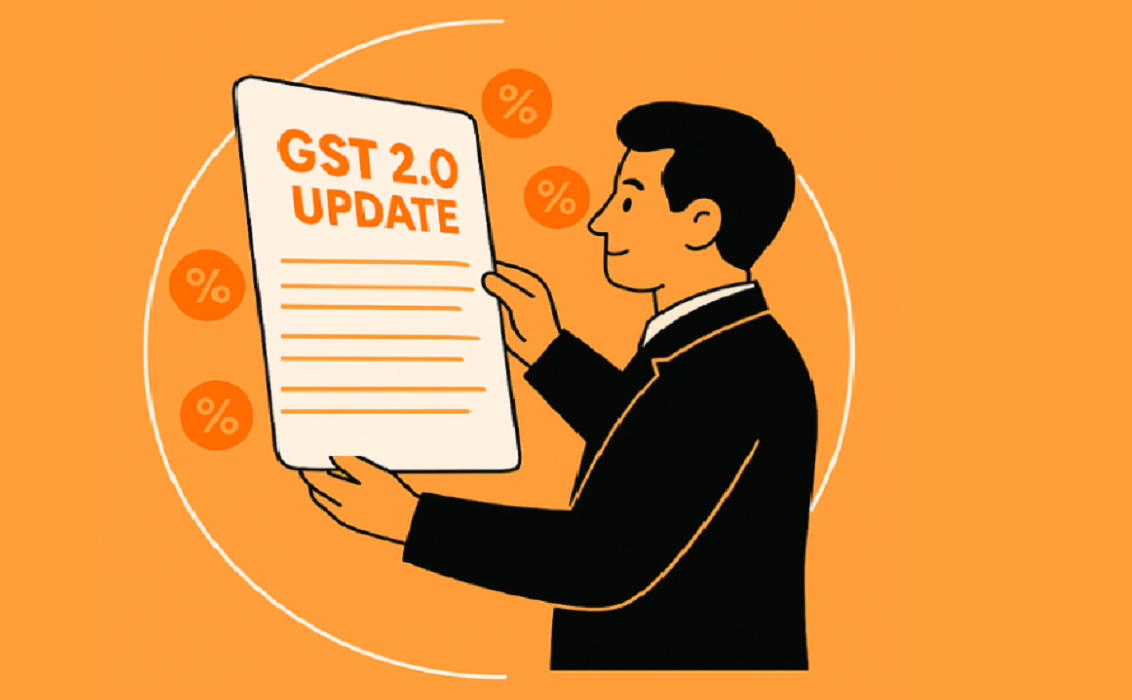New GST Rates Take Effect; PM Modi Hails Start of “Savings Festival”

India’s overhauled GST system, billed as “Next-Generation GST”, officially took effect today, September 22, 2025. In his address to the nation, Prime Minister Narendra Modi described the reform as the beginning of a “GST Bachat Utsav” or savings festival, promising lower prices on everyday goods, simpler taxation, and significant benefits for households and businesses.
What Changes Under GST 2.0
The new GST structure streamlines the previous system into two main tax slabs—5% and 18%—with most goods and services transitioning into one of those rates. Items previously taxed at 12% are now largely being moved into the 5% bracket. A higher rate is introduced only for select luxury or “sin” goods.
Prices for many essentials—such as soap, toothpaste, medicines, packaged foods, ghee, butter, and electronics—are expected to fall. In addition, GST on life and health insurance policies has been eased, reducing costs for consumers.
Impact and Expected Savings
The Prime Minister has highlighted that these reforms will lighten the financial load for multiple sections of society: the poor, middle class, neo-middle class, women, youth, farmers, traders, shopkeepers, MSMEs, and entrepreneurs alike. Combined with recent income tax reforms, the government estimates that households across India will see total savings of around ₹2.5 lakh crore.
Local businesses and small traders are also expected to benefit—lower compliance burdens and clearer tax slabs are likely to make pricing more transparent and reduce overheads. Retailers are being urged to pass on the benefits directly to consumers.
Public & Political Response
Ahead of the rollout, electronics companies announced major price cuts for items such as TVs and air conditioners. In many markets, visitations by ministers and officials helped ensure state and retailers were ready for the transition.
Prime Minister Modi also used the occasion to promote ‘swadeshi’ (Made in India) goods, calling upon citizens to buy and sell indigenous products. The reforms are being positioned not only as financial relief but also as a measure to strengthen India’s domestic manufacturing base.
What Remains to Be Seen
As the new rates become operational, all eyes will be on how smoothly the transition plays out—particularly whether retailers consistently apply discounted prices, how state revenues adjust, and whether consumers actually feel the benefit in daily purchases.
The day marks both a symbolic and practical shift in India’s tax policy, aimed at simplifying the system, lowering costs, and boosting economic activity just in time for the festive season. With the “GST Bachat Utsav” underway, many are hopeful that relief will be felt across homes and markets.










